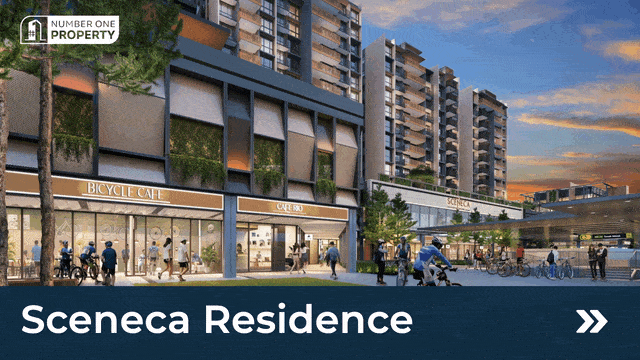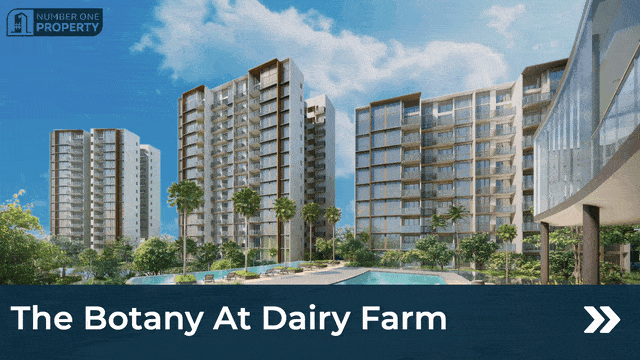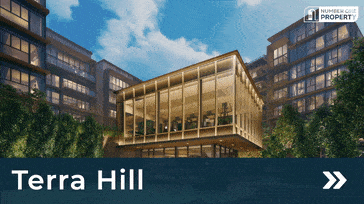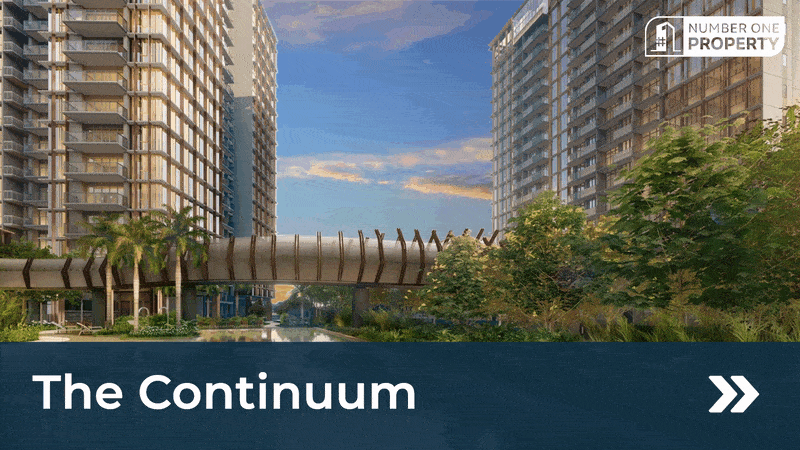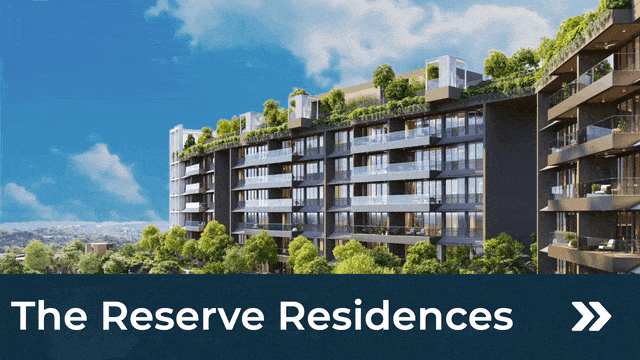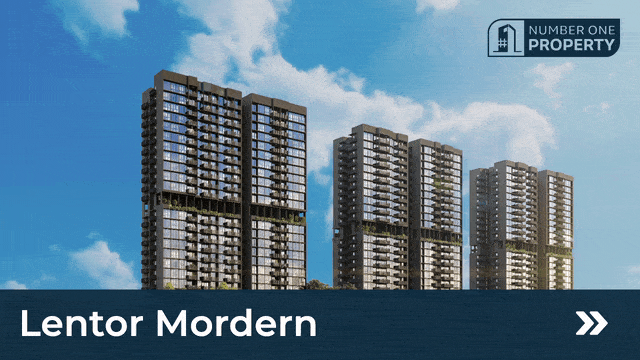Community Centres in Singapore
| S/N | CC Name | Address | Tel |
|---|---|---|---|
| 1 | ACE The Place CC | 120, WOODLANDS AVENUE 1, 739069 | 68913430 |
| 2 | Aljunied CC | 110, HOUGANG AVE 1, #01-1048, 530110 | 62823553 |
| 3 | Anchorvale CC | 59, Anchorvale Road, Anchorvale Community Club, 544965 | 64894959 |
| 4 | Ang Mo Kio CC | 795, Ang Mo Kio Avenue 1, 569976 | 64566536 |
| 5 | Ayer Rajah CC | 150, PANDAN GARDENS, #01-01, 609335 | 65609983 |
| 6 | Bedok CC | 850, New Upper Changi Road, Bedok Community Centre, 467352 | 64496323 |
| 7 | Bidadari CC | 11, Bidadari Park Drive, #01-60, 367803 | 63203566 |
| 8 | Bishan CC | 51, BISHAN STREET 13, BISHAN COMMUNITY CLUB, 579799 | 62594720 |
| 9 | Boon Lay CC | 10, BOON LAY PLACE, 649882 | 62617184 |
| 10 | Braddell Heights CC | 242, Serangoon Ave 3, #01-198, 550242 | 62881258 |
| 11 | Brickland CC | N.A | N.A |
| 12 | Buangkok CC | 458, HOUGANG AVE 10, #01-405, 530458 | 63873036 |
| 13 | Bukit Batok CC | [Closed for renovation] Temp office @ 119, Bukit Batok West Avenue 6, #01-256, 650119 | 65647061 |
| 14 | Bukit Batok East CC | 268, BUKIT BATOK EAST AVENUE 4, #01-256, 659841 | 65659330 |
| 15 | Hillview CC | 1, Hillview Rise, #01-01, 667970 | 65150075 |
| 16 | Bukit Panjang CC | 8, PENDING ROAD, 678295 | 65060900 |
| 17 | Bukit Timah CC | 20, TOH YI DRIVE, 596569 | 64662912 |
| 18 | Buona Vista CC | 36, HOLLAND DRIVE, #01-01, 270036 | 67731283, 67774169 |
| 19 | Cairnhill CC | 1, ANTHONY ROAD, 229944 | 67379537 |
| 20 | Canberra CC | 2, SEMBAWANG CRESCENT, #01-01, CANBERRA COMMUNITY CLUB, 757632 | 67556369 |
| 21 | Changi Simei CC | 10, SIMEI STREET 2, 529915 | 67816058 |
| 22 | Cheng San CC | 435, Ang Mo Kio Avenue 10, #01-1393, 560435 | 64588222 |
| 23 | Chong Pang CC | 126, Yishun Street 11, #01-427, 760126 | 67588258 |
| 24 | Chua Chu Kang CC | 35, TECK WHYE AVENUE, 688892 | 67655001 |
| 25 | Ci Yuan CC | 51, Hougang Avenue 9, #01-01, 538776 | 63863717 |
| 26 | Clementi CC | 220, Clementi Ave 4, 129880 | 67762517 |
| 27 | Dover CC | 1, DOVER ROAD, #01-300, 130001 | 67771540 |
| 28 | Eunos CC | 70A, Bedok Reservoir Road, 479312 | 64486971 |
| 29 | Fengshan CC | 20, Bedok North Street 2, 469644 | 64412412 |
| 30 | Fernvale CC | 21, SENGKANG WEST AVENUE, #01-01 | 63226588 |
| 31 | Fuchun CC | Closed for Renovation; Temp Office – Block 353, Woodlands Avenue 1, #01-753, 730353 | N.A |
| 32 | Gek Poh Ville CC | 1, Jurong West Street 74, 649149 | 67920095 |
| 33 | Geylang Serai CC | 1, ENGKU AMAN TURN, #01-01, WISMA GEYLANG SERAI, 408528 | 67472919 |
| 34 | Geylang West CC | 1205, UPPER BOON KENG ROAD, 387311 | 67483024 |
| 35 | Heartbeat@Bedok | 11, Bedok North Street 1, #02-04, 469662 | 63216611 |
| 36 | Henderson CC | 500, BUKIT MERAH VIEW, 159682 | 62710168, 62721900 |
| 37 | Hillview CC | 1, Hillview Rise, #01-01, 667970 | 65150073 |
| 38 | Hong Kah North CC | 30, BUKIT BATOK STREET 31, #01-07, 659440 | 65661275 |
| 39 | Hougang CC | 35, HOUGANG AVENUE 3, HOUGANG COMMUNITY CLUB, 538840 | 62828887 |
| 40 | Hwi Yoh CC | 535, SERANGOON NORTH AVE 4, #01-179, 550535 | 64840338 |
| 41 | imPAct@Hong Lim Green | 20, Upper Pickering Street, 058284 | 67860016 |
| 42 | Jalan Besar CC | 69, JELLICOE RD, 208737 | 62986110 |
| 43 | Joo Chiat CC | 405, JOO CHIAT ROAD, #1-1, Joo Chiat Community Club, 427633 | 6344 1926 |
| 44 | Jurong Green CC | 6, JURONG WEST AVE 1, JURONG GREEN CC, 649520 | 65693806 |
| 45 | Jurong Spring CC | 8, JURONG WEST STREET 52, JURONG SPRING COMMUNITY CLUB, 649296 | 65624066 |
| 46 | Kaki Bukit CC | 670, BEDOK NORTH STREET 3, KAKI BUKIT COMMUNITY CENTRE, 469627 | 64454223 |
| 47 | Kallang CC | 45, BOON KENG ROAD, 339771 | 62984582 |
| 48 | Kampong Chai Chee CC | 11, Bedok North Street 1, Heartbeat@Bedok, 469662 | 62431663 |
| 49 | Kampong Glam CC | 385, BEACH ROAD, 199581 | 62950741 |
| 50 | Kampong Kembangan CC | 5, LENKGONG TIGA, KAMPONG KEMBANGAN CC, 417408 | 64496022 |
| 51 | Kampong Ubi CC | 10, JALAN UBI, KAMPONG UBI CC, 409075 | 67459919 |
| 52 | Katong CC | 51, KAMPONG ARANG ROAD, 438178 | 63458258 |
| 53 | Keat Hong CC | 2, CHOA CHU KANG LOOP, 689687 | 67694194 |
| 54 | Kebun Baru CC | 216, ANG MO KIO AVE 4, 569897 | 64577379 |
| 55 | Kim Seng CC | 570, HAVELOCK ROAD, 169640 | 62723878 |
| 56 | Kolam Ayer CC | 1, GEYLANG BAHRU LANE, #01-01, KOLAM AYER COMMUNITY CLUB, 339631 | 62964011 |
| 57 | Kreta Ayer CC | 28A, KRETA AYER ROAD, 088995 | 62223597 |
| 58 | Leng Kee CC | 400, LENGKOK BAHRU, #01-03, 159049 | 64735007 |
| 59 | Limbang CC | 20, CHOA CHU KANG ST 52, #05-10, YEW TEE COMMUNITY BUILDING, 689286 | 67658611 |
| 60 | MacPherson CC | 400, PAYA LEBAR WAY, 379131 | 67452940, 68411085 |
| 61 | Marine Parade CC | 67 Marine Drive, #01-222, 440067 | 63464900 |
| 62 | Marsiling CC | 100, ADMIRALTY ROAD, 739980 | 62696768 |
| 63 | Marymount CC | 191, SIN MING AVENUE, #01-01, 575738 | 64515955 |
| 64 | Mountbatten CC | 54, CASSIA CRESCENT, #01-137, HDB-GUILLEMARD, 390054 | 63449675 |
| 65 | Nanyang CC | 60, JURONG WEST ST 91, 649040 | 67910395 |
| 66 | Nee Soon Central CC | 1, NORTHPOINT DRIVE, #01-201, 768019 | 67537402 |
| 67 | Nee Soon East CC | 1, YISHUN AVE 9, NEE SOON EAST CC, 768893 | 62570446 |
| 68 | Nee Soon Link CC | 413, YISHUN RING ROAD, #1-1887 | 66841827 |
| 69 | Nee Soon South CC | 844, YISHUN STREET 81, #01-172, 760844 | 67533121 |
| 70 | One Punggol CC | 1 Punggol Drive, #01-01, 828629 | 66005292 |
| 71 | Our Tampines Hub | 1, TAMPINES WALK, #04-01, 528523 | 63403636 |
| 72 | Pasir Ris Central CC | 536, PASIR RIS DRIVE 1, #01-286, 510536 | 63227860 |
| 73 | Pasir Ris East CC | 1, PASIR RIS DRIVE 4, #01-08, PASIR RIS EAST COMMUNITY BLDG, 519457 | 65842798 |
| 74 | Pasir Ris Elias CC | 93, PASIR RIS DRIVE 3, 519498 | 65831220 |
| 75 | PAssion WaVe @ Bedok Reservoir | 911, Bedok Reservoir Road, 479311 | 97101697 |
| 76 | PAssion WaVe @ East Coast | 1390, EAST COAST PARKWAY, 468961 | 64440409 |
| 77 | PAssion WaVe @ Jurong Lake Gardens | 100, Yuan Ching Road, 618662 | 69704262 |
| 78 | PAssion WaVe @ Marina Bay | 11, RHU CROSS, #01-01, PASSION WAVE @ MARINA BAY, 437440 | 62966683 |
| 79 | PAssion WaVe @ Pasir Ris | 125, ELIAS ROAD, 519926 | 65824796 |
| 80 | PAssion WaVe @ Sembawang | 60, JALAN MEMPURONG, 759058 | 67550225 |
| 81 | Paya Lebar Kovan CC | 207, HOUGANG ST 21, PAYA LEBAR KOVAN COMMUNITY CLUB, 530207 | 62844261 |
| 82 | Pek Kio CC | 21, GLOUCESTER ROAD, #01-01, Pek Kio Community Centre, 219458 | 62990565 |
| 83 | Potong Pasir CC | 6, POTONG PASIR AVE 2, POTONG PASIR COMMUNITY CLUB, 358361 | 62850644 |
| 84 | Punggol 21 CC | 80, PUNGGOL FIELD, #01-01, 828815 | 63120575 |
| 85 | Punggol CC | 3, PUNGGOL DRIVE, 828789 | 63121396 |
| 86 | Punggol East CC | 50, Edgefield Plains, #01-03, 828827 | 63152763 |
| 87 | Queenstown CC | 365, COMMONWEALTH AVE, 149732 | 64744712 |
| 88 | Radin Mas CC | 20, Telok Blangah Crescent, 098828 | 62750068 |
| 89 | Rivervale CC | 195, RIVERVALE CRESCENT, 540195 | 63121267 |
| 90 | Sengkang CC | 2, SENGKANG SQUARE, #01-01, Sengkang Community Hub, 545158 | 63121396 |
| 91 | Senja-Cashew CC | 101, BANGKIT ROAD, 679849 | 63154244 |
| 92 | Siglap CC | 300, SIGLAP ROAD, 487936 | 62431977 |
| 93 | Taman Jurong CC | 1, YUNG SHENG ROAD, 618495 | 62654207 |
| 94 | Tanjong Pagar CC | 101 Cantonment Road, 089774 | 62204876 |
| 95 | Teck Ghee CC | 861, ANG MO KIO AVE 10, TECK GHEE COMMUNITY CLUB, 569734 | 64543235 |
| 96 | Telok Blangah CC | 450, TELOK BLANGAH ST 31, 108943 | 63774125 |
| 97 | The Frontier CC | 60, JURONG WEST CENTRAL 3, 648346 | 67921523 |
| 98 | The Serangoon CC | 10, SERANGOON NORTH AVE 2, 555877 | 62849793 |
| 99 | Toa Payoh Central CC | 93, TOA PAYOH CENTRAL, 319194 | 62584273 |
| 100 | Toa Payoh East CC | 16, LORONG 7 TOA PAYOH, 310016 | 62502103 |
| 101 | Tampines Central CC | 866A, TAMPINES ST 83, 521866 | 67857930 |
| 102 | Tampines Changkat CC | 13, TAMPINES STREET 11, 529453 | 67898337 |
| 103 | Tampines West CC | 5, TAMPINES AVE 3, 529705 | 67854374 |
| 104 | Tanglin CC | 450, TANGLIN HALT ROAD, 148803 | 6476 1433 |
| 105 | Tanjong Rhu CC | 10, TANJONG RHU RD, #01-01, 436895 | 6348 5618 |
| 106 | Teban Gardens CC | 1, TECK WHYE CRESCENT, 688849 | 6563 5994 |
| 107 | Telok Ayer Hong Lim Green | 20, UPPER PICKERING STREET, 058284 | 6227 5721 |
| 108 | Telok Ayer CC | 200A, TELOK AYER ST, 068638 | 6225 5496 |
| 109 | Tiong Bahru CC | 67A, Eu Chin Street, 169715 | 6270 5851 |
| 110 | Toa Payoh Lor 4 CC | 200, LOR 2 TOA PAYOH, 319642 | 6356 4162 |
| 111 | Toa Payoh Lor 5 CC | 1, LOR 2 TOA PAYOH, 319637 | 6253 5635 |
| 112 | Toa Payoh Lor 8 CC | 6, LOR 8 TOA PAYOH, 319261 | 6252 3330 |
| 113 | Woodlands Galaxy CC | 31, WOODLANDS AVE 6, 738991 | 6303 9020 |
| 114 | Woodlands CC | 1, WOODLANDS ST 81, 738526 | 6368 5147 |
| 115 | Woodlands Spectrum CC | 300, Woodlands Avenue 2, Woodlands Spectrum, 738343 | 6830 8334 |
| 116 | Yew Tee CC | 20, CHOA CHU KANG STREET 52, 689286 | 67693700 |
| 117 | Yio Chu Kang CC | 50, ANG MO KIO STREET 61, 569163 | 64588063 |
| 118 | Yuhua CC | 90, Boon Lay Way, 609958 | 65605204 |
| 119 | Zhenghua CC | 1, Segar Road, Zhenghua Community Club, 677738 | 63143112 |
Introduction :
Community Centres or Community Clubs are public places where locals routinely assemble for group activities, social support, public education, and other goals. Community centers get widely found in Singapore. The People’s Association creates and oversees community centers or groups (PA). They could be standalone buildings, separate developments, or joint facilities with other public services like neighborhood police stations and public libraries. See their rules under the category “Sports & Recreation” for other private clubs allocated for Community Sports Clubs and recreation in the master plan.
What is this community Centre?
Community centers or community clubs are open spaces where locals frequently congregate for socializing, group activities, public education, and other purposes. They might occasionally be accessible to the general public and some niche of the larger community. The following are some common uses for community centers:
- Celebrations,
- public gatherings of residents to discuss a range of subjects,
- Organizing events at which elected officials or other official leaders can convene to interact with the public and solicit their ideas, support, or votes (“election campaigning” in democracies, another kind of request in non-democracies),
- Philanthropic endeavors,
- Organizing events such as weddings and celebrations, local non-governmental activities,
- Transmits and reiterates local history, etc.
What are community centers in Singapore?
Many Singaporeans were faced with limited career prospects and few opportunities for skill development when the country acquired self-governance in 1959. Facilities for recreation, social interaction, and sports were scarce.The PA converts abandoned British-era food delivery buildings into community centers. These facilities served as gathering places for locals from all walks of life to develop a feeling of community, learn a new skill, and participate in social and recreational activities. Community centers have changed over time to become Community Clubs (CCs), which offer a variety of programs, activities, and facilities to meet the shifting requirements of locals. This evolution can attribute to economic prosperity. An organization known as the CC Management Committee is in charge of running the Clubs. The Committee’s duties include:
(a) managing the Community Center/Club for and on behalf of the People’s Association;
(b) promoting social, cultural, educational, sporting, and recreational events for the locals in the Community Center/neighborhood; Club
(c) disseminating information on government policies; and
(d) providing the government with information on the needs and aspirations of the locals in the Community Center/neighborhood.
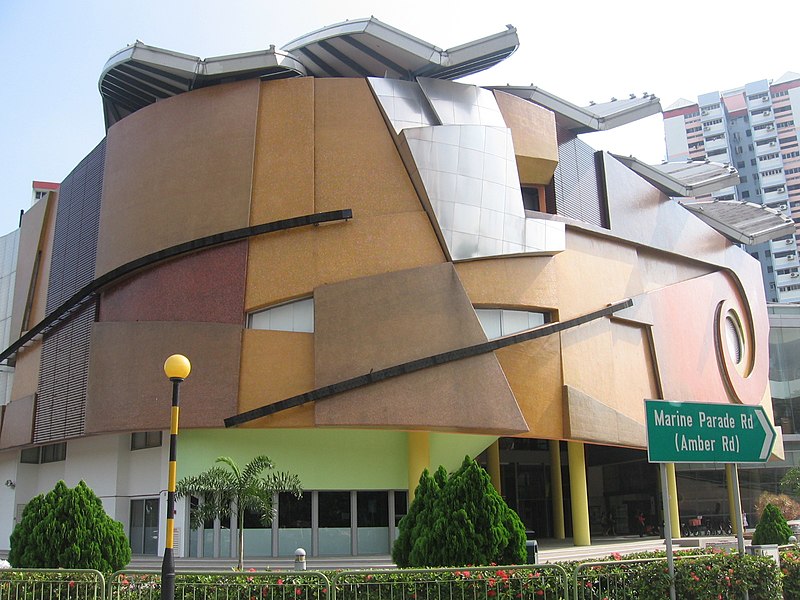
Programs:
CC Courses:
Life is a process of ongoing learning and development. The PA provides countless chances to learn new skills, have fun, and meet new people. We have something for everyone, from developing your taste for excellent cuisine to providing personal grooming and beauty advice, from your information technology abilities to martial arts, dancing, and sports lessons! Our CCs/RCs’ direct course categories are:
- Education and Enrichment
- Wellness and Good Health
- Lifelong Learning
- Lifestyle and Leisure
- Sports and Fitness
Emergency Preparedness:
Through PA and its Grassroots EP Programmes, residents will get EP skills and participate in emergency drills while also learning about the value of racial harmony as a crucial component in repairing our social fabric. The essential objective of the EP Programs is to help the West Coast Community Center remain calm, build resilience in times of disaster, and quickly return to normalcy.
Community Arts and Culture Clubs:
The Community Arts & Culture Clubs (CACC) are a coordinating group of volunteers interested in fostering community arts. The CACC’s main objective is to make arts and culture accessible to the general public while utilizing them to engage citizens of all ages, races, and socioeconomic classes. Thanks to the many exciting initiatives, each constituency and neighborhood will develop into an arts and cultural scene with its own artistic identity.
Women’s Executive Committees (WECs):
The WECs plan events and initiatives to encourage women from all backgrounds to strengthen ties within their communities, take good care of the next generation and help those less fortunate. On the island, a WEC gets housed in each Community Club. In addition to fostering relationships between women of all races, WEC events and programs involve women and their families to meet their needs and interests and provide them with chances to participate in local and national issues.
Wellness Programme:
The PA Wellness Programme draws attention to three areas. Seniors who engage in physical interactions to maintain their health and fitness are among them and receive a health exam to assess how they are doing. Participating in CC, RC, and NC programs are seniors who desire to maintain their social networks. Residents participating in the varied activities and interest groups offered by the PA Wellness Programme can maintain excellent health in the various PA programs even if they don’t have risk conditions. People with risk conditions will urge to consult their primary care practitioner. With the help of other senior adults, seniors can build strong social networks that will help them look out for one another.
How many community centers are there in Singapore?
Twenty-eight community centers made up the PA’s initial network, but as of 2017, it had more than 1,800 GROs and more than 25,000 volunteer grassroots leaders. Local volunteers make house calls to encourage participation in the community, raise awareness of regional issues, explain administrative rules, get feedback, and help those in need. On the entire island, there will be 109 Community Centers by 2020. Here are a few well-known community centres.
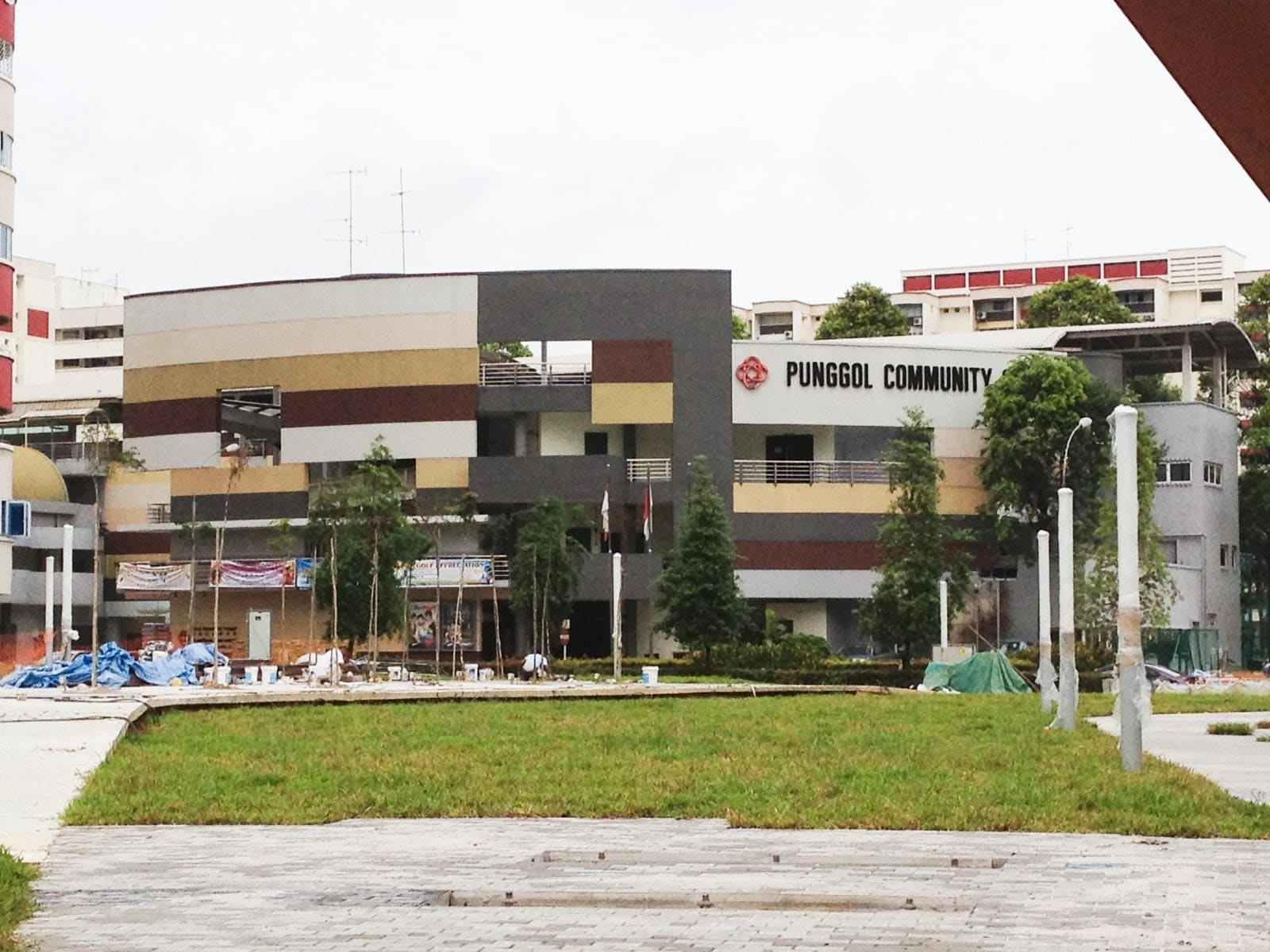
Nee soon central community club:
It is the only community club that has been entirely constructed inside a mall and is completely air-conditioned. It will connect to Yishun Central’s recently refurbished, fully air-conditioned bus interchange. Muhammad Faishal Ibrahim, a spokesperson for Nee Soon Central, came up with the concept for the CC. He also suggested that it pair with a brand-new shopping center that will construct on the vacant lot next to Northpoint Shopping Mall and across from Yishun MRT station. The People’s Association claims that the new CC would offer programs that “encourage community and intergenerational bonding.”
Tampines town hub:
The largest community club in Singapore will be located in this enormous lifestyle complex once it is open. The hub will be 5.7 acres in size or roughly seven football fields. The CC will span an area of 8,000 square meters and include a performing arts theatre, five swimming pools, karaoke rooms, a futsal court, retail businesses, and food and beverage outlets. The North East community development Council, Town Council, HDB Branch Office, and Tampines Regional Library offices are also relocating to this location. According to early projections, the town center gets expected to host roughly three million tourists annually.
Woodlands galaxy community club:
Additionally, meteor showers might see during special occasions. The telescope at the observatory has a 30-centimeter aperture. After the 40cm aperture telescope at the Science Centre Singapore, it is the second-largest public telescope in the area. Public access to the observatory, which reportedly cost $500,000, is available on Fridays and Saturdays from 7.30 p.m. until 9.30 p.m. The CC’s Galaxy Astronomy Club resides there and welcomes 20 to 60 visitors every weekend. Private visits are possible. The observatory entrance fee is $1. The observatory is free for members of the Galaxy Astronomy Club, who pay an annual fee of $10 for PAssion card holders or $12 for non-PAssion card holders.
Anchorvale community club:
The community club debuted in 2008, but the new water sports facility didn’t open until March. This facility, which features a pontoon near Punggol Reservoir from which kayaks and canoes can dock and launch, makes it the first CC to have such a facility. The ANCHORVALE COMMUNITY CLUB organizes and runs weekend kayaking classes, most of them for adults. It gets planned that the CC would collaborate with schools to provide courses during the week. The Singapore Canoe Marathon and other championships have designated racing lanes at the water activity center. In collaboration with the Singapore Dragon Boat Association, many dragon boat tournaments get staged there.
Tanjong pagar community club:
After being upgraded, the art gallery at the community club has grown from 70 square meters to 159. Anyone is welcome to rent the gallery and exhibit or sell artwork there. There get also new childcare centers and food and beverage establishments added. The CC has its kiln and is the only institution in Singapore to provide lessons in finger painting. Students taking pottery classes there create their pieces to take home. To collect money for the victims of Typhoon Yolanda in the Philippines, a group of artists launched an art exhibition there in December of last year. Tan Kian Por get awarded a Cultural Medallion, and Lim Kay Hiong, who has won numerous awards, was among the participating artists.
How do community centers help the community?
The function of community centers:
The colonial government erected 28 community centers (CCs), which was the PA’s first responsibility. Through sports like basketball, volleyball, and sepak takraw (Malay for “kick volleyball”) and educational pursuits like dressmaking, cooking, and radio repair, individuals from all racial, linguistic, and religious backgrounds were intended to meet and interact in these centers.Some community centers, especially those in rural areas, offered necessary services, including secretarial assistance for the region’s predominantly illiterate populace and livestock vaccination services. The CCs served as more than just a location for neighborhood events and services; Additionally, they acted as crucial communication centers for residents, activists, and governmental decision-makers.
To ensure that CC activities were well-organized and continued to be relevant to community needs, Community Center Management Committees (CCMCs), led by community leaders, were established to oversee the management of the CCs in 1964.The Citizens’ Consultative Committees (CCCs) and Residents’ Committees (RCs) were grassroots organizations established by the Prime Minister’s Office in 1965 and 1978, respectively, to supplement and broaden the scope of CCs. These committees sought to foster responsible citizenship and enhance interaction between the populace and the government.
What are the benefits of a community Centre?
Across the nation, community centers serve as vital hubs where people can interact, learn, and receive essential services. Although some claim that these facilities aren’t seen as enjoyable places to spend time, they are vital to communities around the country. Destigmatizing community centers and emphasizing the work. They perform to bring people together could help the business recover and grow. More people can serve if more people use, participate in, and donate money to community centers. More than ever, we are experiencing difficult times that call for everyone to band together and provide assistance. Here are a few justifications for why community centers are significant hubs that provide a vital service to citizens around the country.
Consolidates a community:
The name gives it away: community centers serve as gathering places for people to interact and socialize. They serve as multifunctional hubs that provide various services to suit different needs. Community centers bring people from all walks of life together, regardless of whether they have a religious focus or get built to benefit a particular group within the community. Community centers show what a great job we can all do working together. In a community center, it is inappropriate to make distinctions based on color, age, gender, class, or degree of education. Additionally, community centers offer family and friends the ability to interact in person through shared activities. Attending a weekly session could be ideal if your family doesn’t get to spend much time together.
Offers the opportunity to volunteer:
Numerous factors influence why people volunteer. Some people desire the chance to help others and take significant actions (kindness is good for our health, after all). Some people need a break from their regular lives and find comfort in volunteering. There are constantly fresh people to meet, events to attend, and skills to learn. It gives people develop a sense of belonging and self-assurance.One of the main drivers of volunteering is undoubtedly increasing one’s skill set and employability. People have a great opportunity at community centers to build their resumes and learn crucial skills to help them in the workplace.
Reduced Transit Time :
To live in a city without community centers is unimaginable. You might find that taking public transportation requires an hour to get to the closest public library. A generic pool may be the same distance away. Community centers combine services to make them accessible and nearby. As a result, fewer people have to travel as far to get where they’re going, reducing the pollution brought on by automobiles. Some people may have the option of riding their bikes or walking to the community center, encouraging physical activity.
Improves neighborly bonds:
During these occasions, people talk about the issues they deal with daily, allowing their listeners to relate to them through shared anxieties or worries. While you might not be asked to meetings in your present neighborhood, if you relocate and your community center hosts a meetup or gathering, you’re almost certain to be invited, providing you the opportunity to connect with others on a deeper level. There is no denying the significance of community centers, particularly for children and seniors who want a safe and secure neighborhood location to unwind after a hard day, let off steam, burn off excess energy, interact with others their age, and build stamina.
Community centers provide helpful local information:
Having convenient access to events, activities, courses, and general community information is made possible through community centers, which are fantastic tools for families. Neighborhood centers are a great place to learn about local events if you want to become more involved in your community.
Positively impacts the lives of younger people:
The ability to visit and engage in novel activities must provide for youth. The classes and events offered by community centers include those for social, creative, and athletic pursuits. Young children can meet friends and pick up new skills through this program. By giving young people positive outlets for their energy, which will instead promote their finest traits, we can prevent them from engaging in the antisocial activity.
Advocates for healthier lifestyles:
There are exercise options available at many community centers. The community center encourages exercise and improves health through walking clubs and fitness classes catered to various age groups. It’s essential to prioritize physical fitness, but not everyone wants to join a gym or attend a strenuous sports class. Community centers make fitness enjoyable by putting socialization at the center of all they do. Some facilities even encourage dietary wellness by providing cookery workshops!
Provides possibilities for learning:
Numerous community centers still offer a chance for primary adult education to improve opportunities (such as dance classes or crafts). An excellent resource is a secure environment where someone can advance their knowledge and gain new skills. Frequently, centers also house nurseries or preschools. As a result, the building may be used to its fullest extent during the day, making it suitable for nighttime programs and activities. It is an excellent illustration of how community centers affect every stage of life in the neighborhood, from nurseries to adult education and senior activities.
Encourages culture and creativity:
The community can enlist new members and promote their engagement through arts and crafts classes and other cultural activities, and people get drawn to the opportunity. Community centers foster a culture of good social, mental, and physical health. Relieving the burden on social services and other facilities will improve the community’s general health.
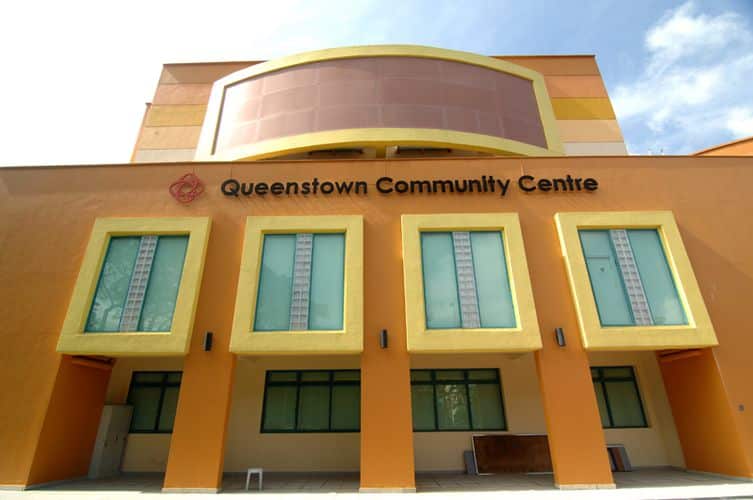
Facilitates social interaction:
No matter your age, marital status, or gender, you can meet people for social interactions if your community has a community center. If your community center offers a wide range of indoor entertainment alternatives, there will nearly always be someone there making use of the free recreational services. You have a better possibility of increasing social engagement and forming friendships with your neighbors. To provide their kids the chance to meet new people, parents might arrange playdates with other families with children.
Assisting community initiatives:
Neighborhoods can gather at community centers to collaborate on larger local projects, such as organizing cleanups or enhancing additional community gardens. Even outside the four walls, things are happening. Community centers attempt to improve everyone’s local environment in the town, city, and region. They reach out into the great neighborhood.
Offers distinctive and essential amenities:
Facilities rentals are sometimes out of reach for the average person. People can organize social and family gatherings by renting the community center space. Other philanthropic organizations and organizations are also able to rent out space more frequently and consistently. This service is invaluable for those who want to organize social activities but need a place to start. Community centers once again show their value.
Are there types of community centers?
Since 2000, community centers’ square footage has risen. Public administrative buildings of mixed types, including community centers, make up the majority of the complex facility types for community centers. Community centers can design in one of three ways: horizontally, vertically, or mixed. There are three different types of classified entrances for community facilities. For the community centers, there are twelve different types of classed facilities. Typically, community centers get mixed with various facilities, including welfare and cultural institutions. More research is needed in this area to find the finest community center types with functional amenities and other advantages for residents.
What is the purpose of community Centres in Singapore?
Offering opportunities for active living and enjoyment in a welcoming setting should be the primary goal of a community center. These facilities become crucial to one’s health and welfare by fostering a good environment, which lessens the need for expensive social services like healthcare. It promotes regional economic expansion and might affect world economic growth. The CCs gets managed by the People’s Association, which also oversees their programs. They work hard to keep the activities current, routinely updated, and tailored to residents’ shifting needs and interests. At the ceremonial opening of the refurbished Teck Ghee Community Club (CC) on Sunday, Prime Minister Lee Hsien Loong noted that community clubs serve a very particular role in Singapore as places where locals gather, form friendships, and form bonds.
More than 1,200 square meters of additional floor space get added to Teck Ghee CC, which also received new amenities like a rooftop terrace, an upgraded cooking studio, and an expanded multipurpose hall with a second-level viewing gallery.Social interaction, volunteerism, civic pride, and beauty all play a part in the social links formed at community centers, which help establish strong, safe, and inclusive communities. After-school programs can give at-risk kids a safe atmosphere and help them avoid criminal activity. All ages, ethnicities, and skill levels are welcome in these venues, which should encourage inclusivity and cultural diversity.


